The Nason Lab is located in Owen Hall on the northeast side of Oregon State’s campus. This recently renovated lab occupies 800 square feet, and includes two fume hoods and ample bench space for experiments and analysis. In addition to being fully stocked with chemicals, glassware, and general laboratory equipment, a number of specialized instruments are available for use in the lab. Additionally, graduate students have access to lab space and analytical instruments in Merryfield Hall. Instruments available in Merryfield include Inductively Coupled Plasma Atomic Emission Spectroscopy (ICP-AES), Ion Chromatography (IC), High Performance Liquid Chromatography (HPLC), and Gas Chromatography (GC).

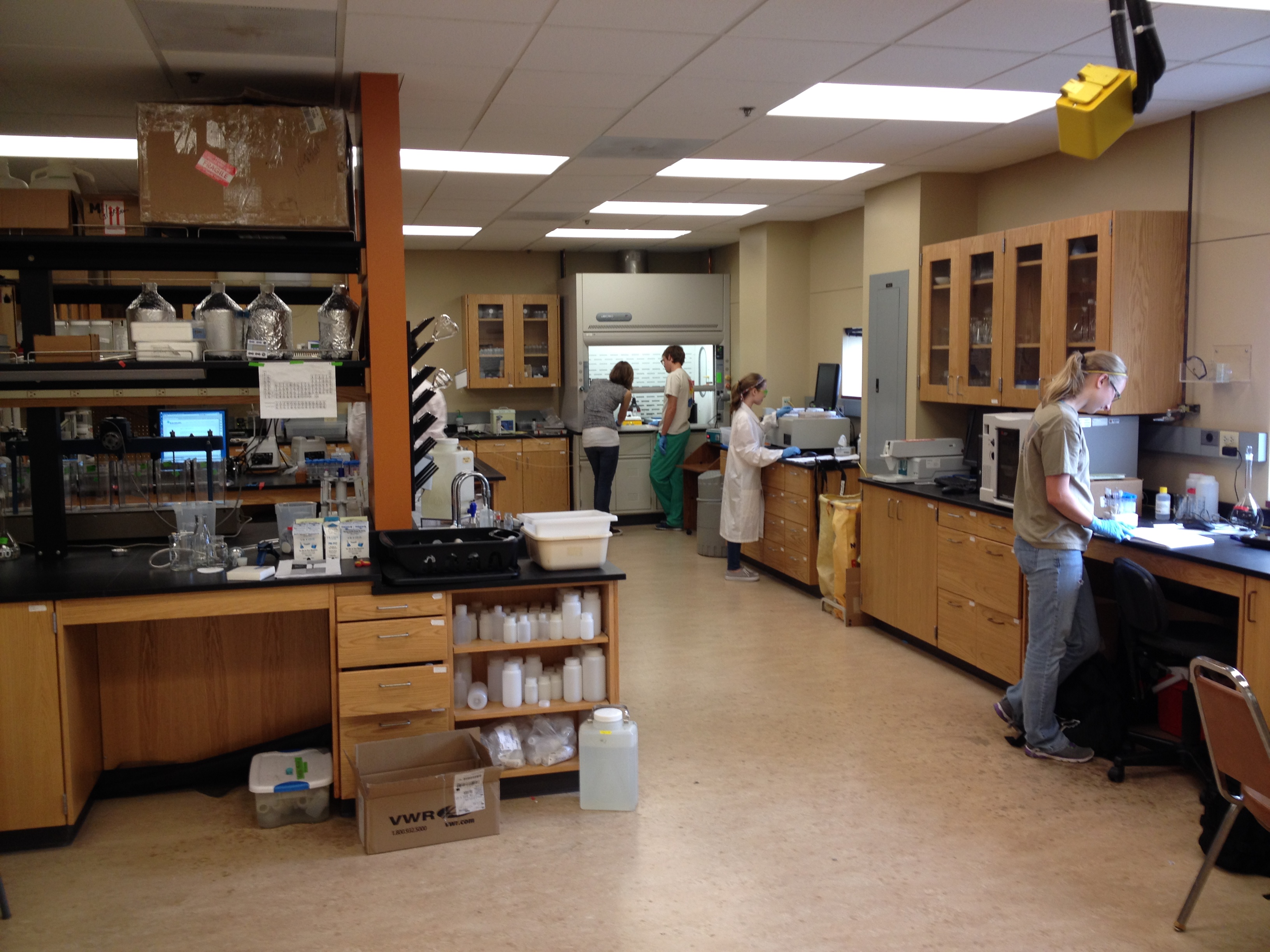

The following instruments are located within the Nason Lab in Owen Hall:
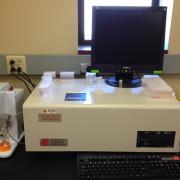 Zeta Pals
Zeta Pals
This instrument can be utilized for both particle sizing and zeta potential measurements. The particle sizing is achieved through dynamic light scattering (DLS), which measures diffraction as light passes through a sample. This diffraction is correlated with particle size, and the result is an average particle size of the solution. It can measure particles as small as 10-20 nanometers in diameter, and consequently has become the primary instrument used for nanoparticle sizing experiments. The zeta potential function allows for measurement of particle surface charge, which has important implications on particle behavior.
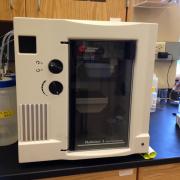
Coulter Counter
The coulter counter is a high resolution instrument used for sizing and counting particles in solution. It works by measuring small perturbations to electrical resistance as a solution with particulates flows through a microchannel. The change in electrical resistance is proportional to particle size, and thus the number and volume of particulates can be inferred. This instrument is used for particles with a typical size range of 0.4 to 1200 μm, making it very useful for environmental engineering applications such as particle flocculation in drinking water and wastewater. Additionally, Coulter Counters are commonly used in medical applications to quantify cells, bacteria, and virus.
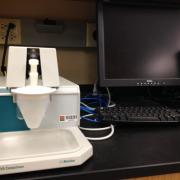 VA Computrance
VA Computrance
This instrument is a highly sensitive voltammetric device that can be used in a number of applications quantifying metal concentrations. In particular, it has been used in the Nason lab for metal speciation experiments using Competitive Ligand Exchange-Adsorptive Cathodic Stripping Voltammetry (CLE-ACSV). In this application, the instrument was used to identify the concentrations of different copper species as well as the relative binding strengths of the ligands present in solution.
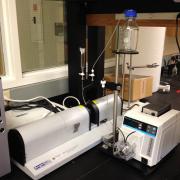 Micro-Flow Imaging Machine
Micro-Flow Imaging Machine
The Micro-Flow Imaging machine utilizes microfluidics and image processing to analyze size and number of particulates suspended in solution. Images are captured as a solution passes through the flow cell, and the image processing software outputs a particle size distribution and total particulate volume. This technology has been utilized for a number of particle size experiments, most recently for testing particulates in pharmaceutical solutions such as IV fluids.
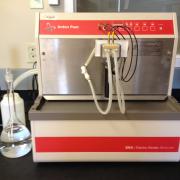 Electro Kinetic Analyzer
Electro Kinetic Analyzer
The electrokinetic analyzer has the capability to measure zeta potential on the surface of macroscopic solids. This instrument has high sensitivity for detecting changes in surface properties, and has been utilized in a number of applications with solid state products.